

Harold Macmillan with his Lord Chancellor, Kilmuir, leaving St Paul’s Cathedral in glossy silk hats in 1958. Discretion, conformity and restraint were valued in Establishment England. (Getty Images)

The Prime Minister in more vernacular mood at Earls Court motor show in 1957. Cheap little cars were a symbol of the jolly, complacent materialism and gimcrack modernity of 1957–64. (Getty Images)

Jack Profumo looking vital, eager and sleek at his Ministry of Aviation desk in 1953. (Popperfoto/Getty Images)

Valerie and Jack Profumo after their son David’s baptism in the Crypt Chapel of the House of Commons in 1956. (Mary Evans/Interfoto Agentur)

Cliveden, the Italianate show-place overlooking the Thames, where Bill Astor dispensed princely hospitality.(Getty Images)

Bronwen and Bill Astor in the grounds at Cliveden after their marriage in 1960. Their happiness was quenched and their lives were sullied by the events of 1963. (Popperfoto/Getty Images)

Bill Astor’s Cliveden jester, Stephen Ward – carefree, kindly, meddling and sensual. ‘He was massively indiscreet, and loved showing off right up to the end.’ (Popperfoto/Getty Images)

Spring Cottage, Stephen Ward’s Cliveden hide-out, around the time that it was burgled and searched by journalists. His parties there were ‘innocent malarkey, swimming in the Thames, but nothing more’. (Getty Images)

The pudgy refugee and slum landlord Peter Rachman at his cluttered desk in his chaotic basement office in Bayswater. (Popperfoto/Getty Images)

The house in Bryanston Mews West where Rachman kept Mandy Rice-Davies. Stephen Ward took over the tenancy after Rachman’s death. (Mirrorpix)

Sub-editors toiling in the News of the World newsroom in 1953. It was in newsrooms such as this that journalists raked up scandals, publicised slurs and pilloried the vulnerable. (Getty Images)

Hugh Cudlipp ensured that his newspapers were provocative in every issue and supremely confident of their own importance. They defied conventions, broke taboos, punctured pomposity and jeered at tradition. (Getty Images)

Eugene Ivanov, the Russian naval attaché. Journalists and Labour Party leaders pretended to believe the dubious tale that he had an affair with Christine Keeler. (Popperfoto/Getty Images)

The Minister of War, Jack Profumo, with the boys and a new Saladin tank in 1960. (Mary Evans/Interfoto Agentur)

The swimming pool at Cliveden where Jack met Christine and Eugene in July 1961. (Getty Images)

The Flamingo club in Wardour Street, Soho where black jazz lovers and hip white Mods congregated. It was outside the Flamingo that Johnny Edgecombe knifed ‘Lucky’ Gordon during a row over Christine Keeler. (Getty Images)

Christine Keeler dressed for work at Murray’s Club in Beak Street, Soho in 1960. (AGIP/Epic/Mary Evans)

Detectives scrutinising the bullet holes after Johnny Edgecombe had shot at Christine Keeler at 17 Wimpole Mews in December 1962. (Rex Features)
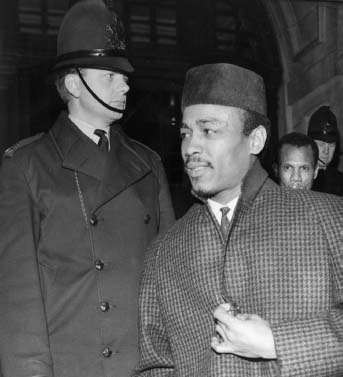
The police coerced Christine Keeler into giving perjured evidence against ‘Lucky’ Gordon. He looked spruce when months later she was tried for conspiracy to pervert the course of justice during his trial. (Getty Images)

A gaunt but plucky Stephen Ward in his Bryanston Mews West home in June 1963 after his release from remand in prison. Mandy Rice-Davies had been detained on a trumped-up charge of stealing a similar television from the flat. (Mirrorpix)
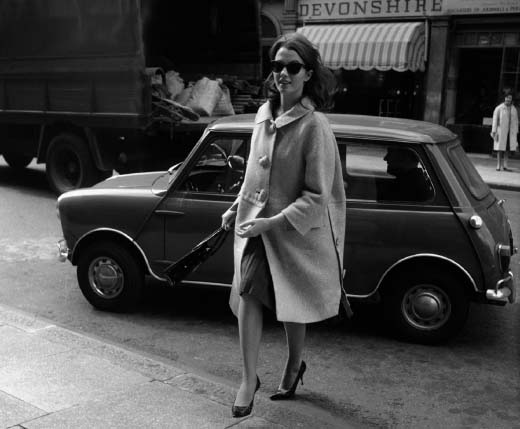
Christine Keeler returning to Paula Hamilton-Marshall’s flat in Devonshire Street after a police interview in June 1963. The flat was above the premises of the Genito-Urinary Manufacturing Company. (Mirrorpix)
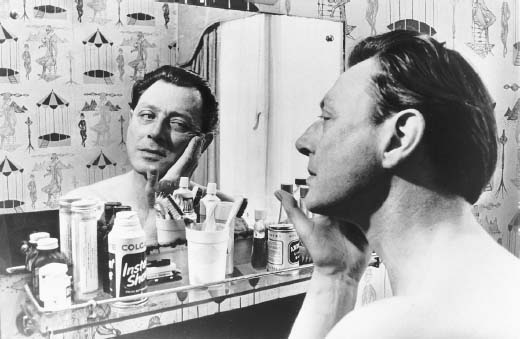
Stephen Ward in a Bryanston Square flat preparing for the first day of his trial in July 1963. (Mirrorpix)

Mandy Rice-Davies leaving the Old Bailey in July 1963, after testifying at Ward’s trial, seems serene amid the jostling, leering, taunting mob. (Getty Images)
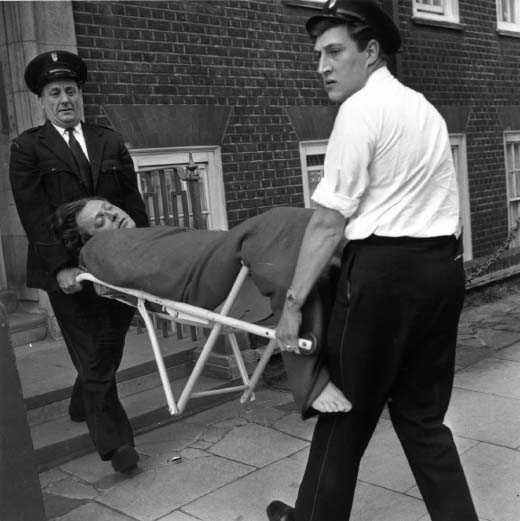
Stephen Ward is carried from Noel Howard-Jones’s flat in Chelsea after taking an overdose. Callous press photographers tried to force their way into the flat. (Getty Images)
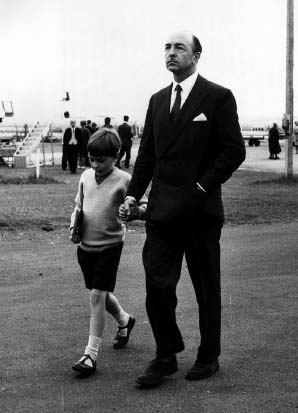
Photographers harried Jack Profumo when two months after his resignation he flew to Scotland with his son David for a holiday in August 1963 – between Ward’s suicide and publication of the Denning Report. (Mirrorpix)

Lord Denning at Waterloo Station, in high fettle at the publication of his infamous Report in September 1963. (Getty Images)

An envious crowd gawps as Christine Keeler followed by Paula Hamilton-Marshall leave their home to be tried for perjury in October 1963. (Getty Images)
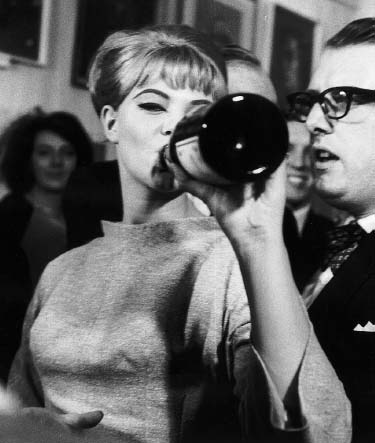
Mandy Rice-Davies – jubilant, dauntless and ogled. She, more than Keeler, prospered in the decades that followed. (Mirrorpix)
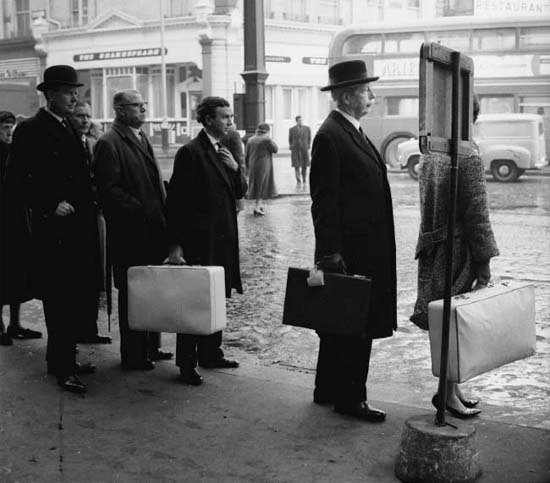
The deposed leader in proud isolation: Harold Macmillan queuing for a taxi at Victoria Station in 1965. (Getty Images)